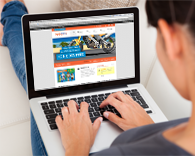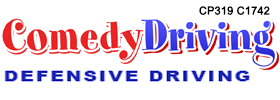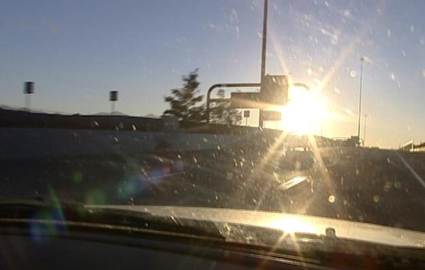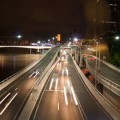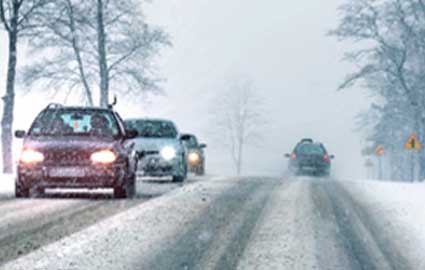Dealing With Weather Hazards While Driving

Dealing With Weather Hazards While Driving
Ninety percent of your driving is done with your vision and the sun can be blinding. Wearing sunglasses to protect your eyes can help your eyes adjust to a bright driving environment.
When driving bad weather like fog, rain, snow, dust or smoke use your low-beam lights. Do not use your high beam lights. The reflection of high beam lights in bad weather can reflect and blind the driver.
Wet weather can cause your car to hydroplane. Hydroplaning occurs during wet road conditions when a vehicle’s tires drive on top of the water on the road rather than the road’s surface. This sensation gives the vehicle limited-traction and can result in accidents.
To avoid hydroplaning, you should:
- Slow down by releasing the accelerator. Do not slam on the brakes.
- Slowly brake after tires hit the road surface.
- Steer in the direction you want to go.
- Good tire tread and inflation also help prevent hydroplaning.
When other hazards include other vehicles or pedestrians, you should separate the hazards as best you can to improve your own driving conditions. The best thing you can do to deal with a hazard is to get out of its way. This works especially well if you're being tailgated or if another vehicle is changing lanes frequently and erratically.
Keeping yourself aware of hazardous conditions is an important factor in staying alive while driving and taking a driving safety class from places like Comedy Driving, Inc. is great to learn more about safety on the roadways.
Reasons to take Comedy Driving Defensive Driving
- Flexible Schedule
- Email Delivery Available
- Unlimited Log-ins
- State Approved
- No Final Exam
- Animated Course
- Free Audio and Video
- Comedic Course
- Live Phone Support
- No Hidden Fee’s
